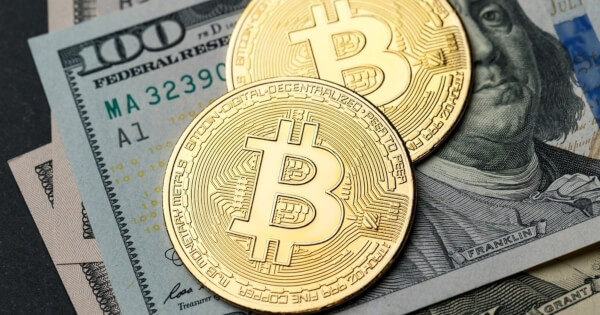Aave DAO Proposes $50M AAVE Buyback as V4 Launch Approaches
Zach Anderson Oct 23, 2025 22:50
Aave DAO suggests a $50 million annual buyback to support AAVE's value amid the upcoming V4 upgrade, despite the token's current downtrend.

Aave DAO has introduced a strategic proposal for a $50 million annual buyback of its native token, AAVE, in a bid to enhance its market value. This initiative comes as the decentralized finance (DeFi) protocol gears up for the launch of its fourth version, Aave V4, according to CoinMarketCap.
Buyback Strategy and Funding
The buyback plan is structured to execute weekly purchases ranging from $250,000 to $1.75 million, fully funded by the protocol's revenue. This initiative is designed to support the AAVE token's value during a period marked by a price downtrend. Currently, AAVE trades near the $220 mark, navigating a descending channel. Despite this, momentum indicators hint at reduced selling pressure, although support levels between $135 and $150 might be tested if the downtrend continues.
V4 Upgrade and Multi-Chain Features
The buyback proposal aligns with the anticipated rollout of Aave V4, which introduces the Cross-Chain Liquidity Layer (CCLL). This feature is expected to enhance the protocol's functionality by enabling multi-chain collateralization and borrowing, thereby expanding its reach and utility within the DeFi space.
Market Context and Community Impact
Aave's decision to initiate a buyback program reflects a broader trend among DeFi platforms to leverage tokenomics as a tool for value enhancement and community engagement. By redistributing a portion of the revenue to buybacks, Aave aims to bolster investor confidence and stabilize its token amid volatile market conditions.
This move by Aave DAO comes at a crucial time as the DeFi sector continues to evolve, with platforms increasingly focusing on innovative ways to sustain growth and maintain competitiveness. The upcoming V4 upgrade, coupled with the proposed buyback, positions Aave to potentially strengthen its market position and enhance the utility of its protocol.
Image source: Shutterstock.jpg)